Missions Trip to Haiti, March 2011
In March 2011, I went with a team of people from my church
and from Princeton University to Haiti for a week
to help with rebuilding after the January 2010 earthquake.
Pictured below is our team, along with various staff members
and interns from
Foundation For Peace (FFP),
the organization that hosted our visit.

On our first evening in Haiti, we worshiped at a local church.
The church building was barely functional;
there was no floor (just gravel);
the windows had no glass, and the doors were missing.
For seating there were just broken benches and school desks.
In spite of (or because of?) the dismal surroundings,
the fervor of the congregational worship was undiminished.
Pictured here is the children’s choir.

We spent most of our week digging the foundations
for a vocational school in a region of Haiti called Fond Parisien.
FFP asked local community leaders what was most needed,
and a vocational school for high-school graduates
was one of their top priorities.
The local government donated the land shown below for the project.
Our team worked alongside volunteers from the local church
as well as some full-time paid construction workers.
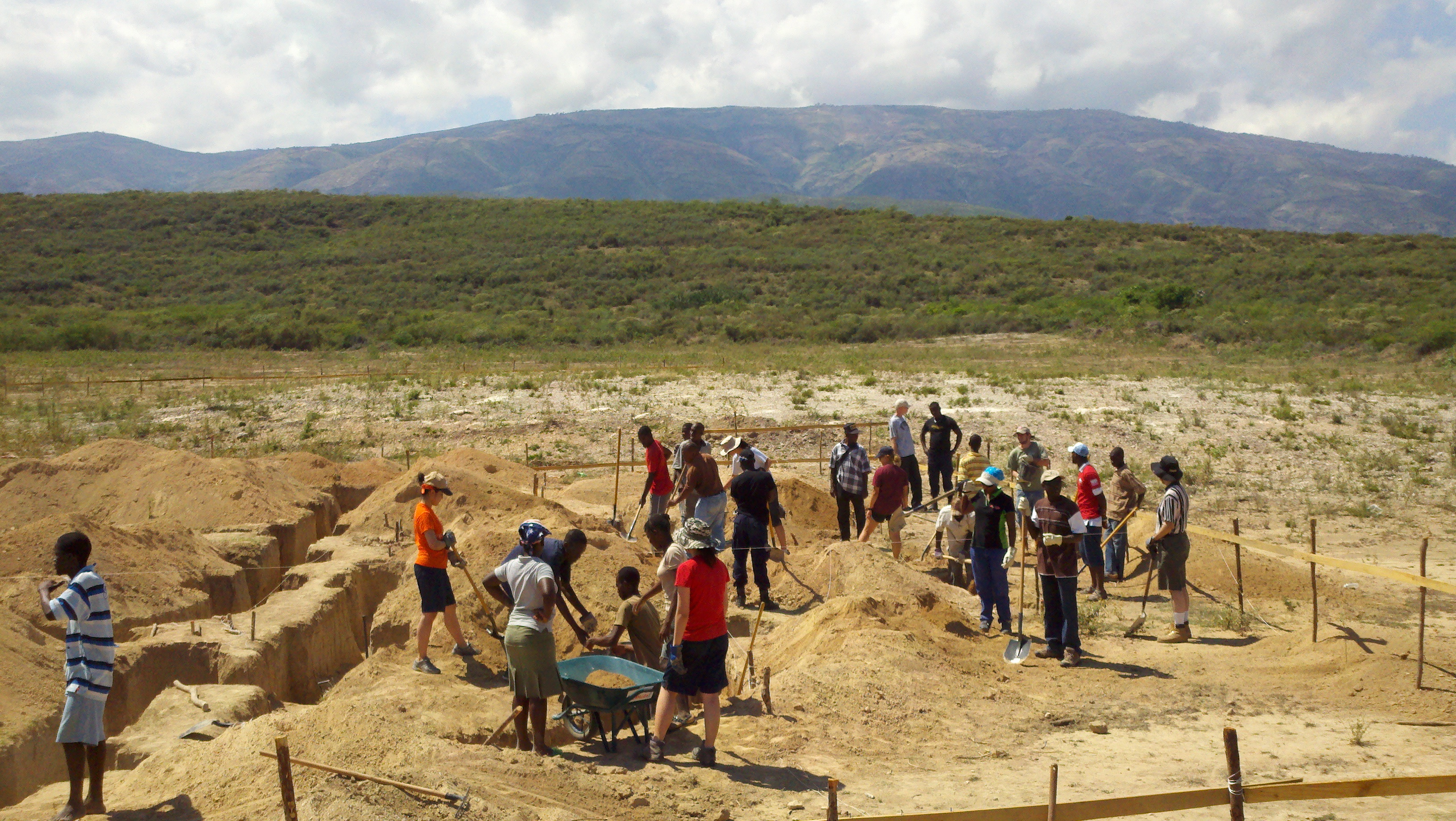
Someone recently donated a backhoe to FFP,
but it had not arrived on site yet,
so we had to dig the old-fashioned way.
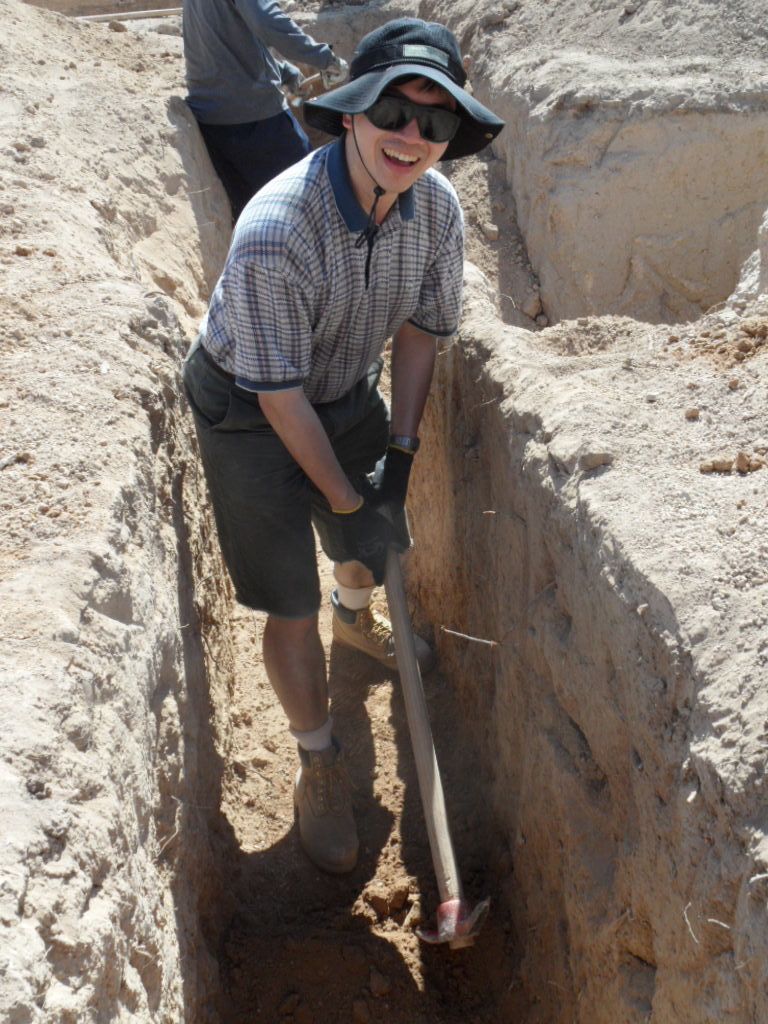
The plans called for the ditch to be up to five feet deep in places!
Several of us were reminded of the book
Holes
by Louis Sachar, in which kids at a correction camp
are forced to dig five-foot-deep holes.
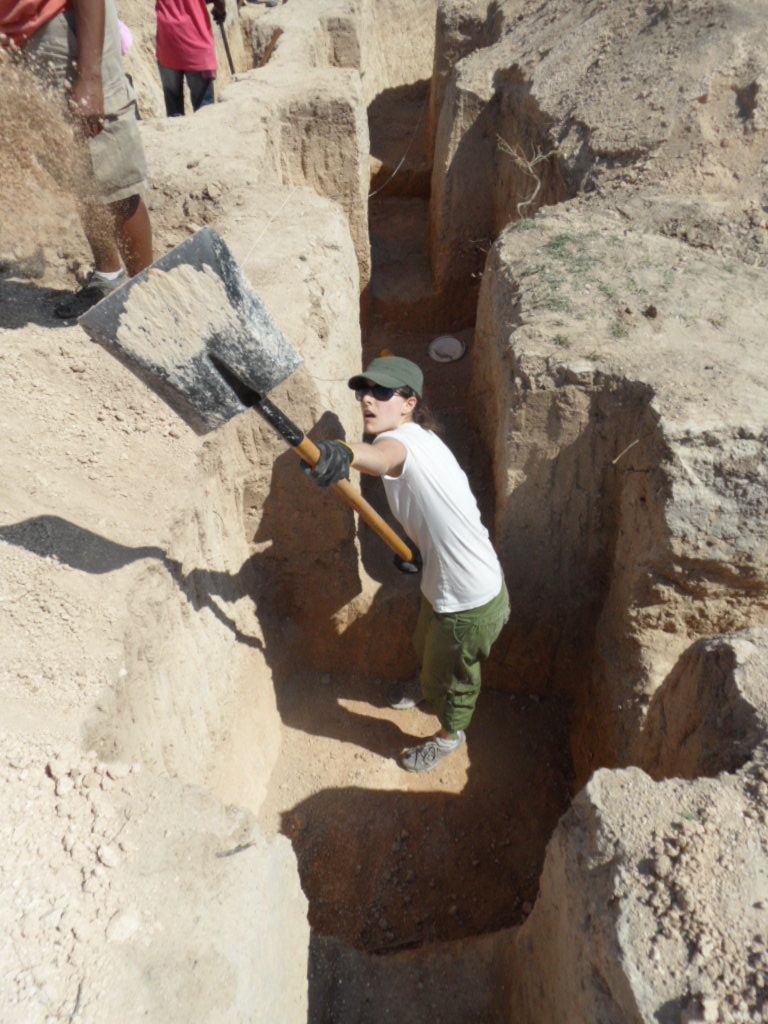
Although it has been over a year since the earthquake hit,
many Haitians are still living in tent cities.
The tent city below is located across the street from
the presidential palace, in a spot that used to be a
beautiful public park.
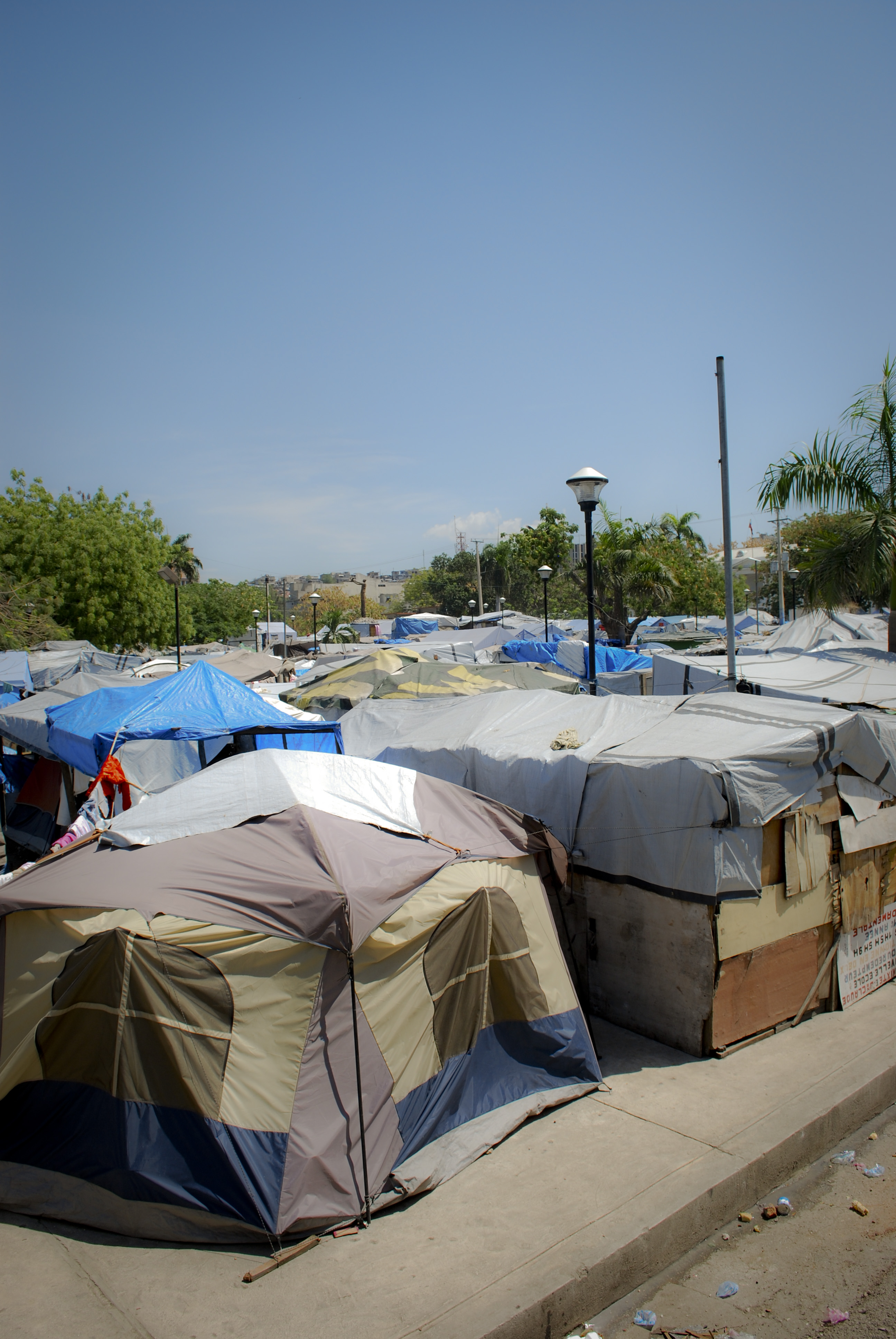
We spent one afternoon at another tent city called Camp Hope,
providing Sunday-school-type activities to the hundreds of children there.
The picture below shows us teaching the kids some songs.
We also prepared a Bible skit, some games, arts and crafts,
and refreshments. As you can imagine, many of these kids
do not get enough to eat.
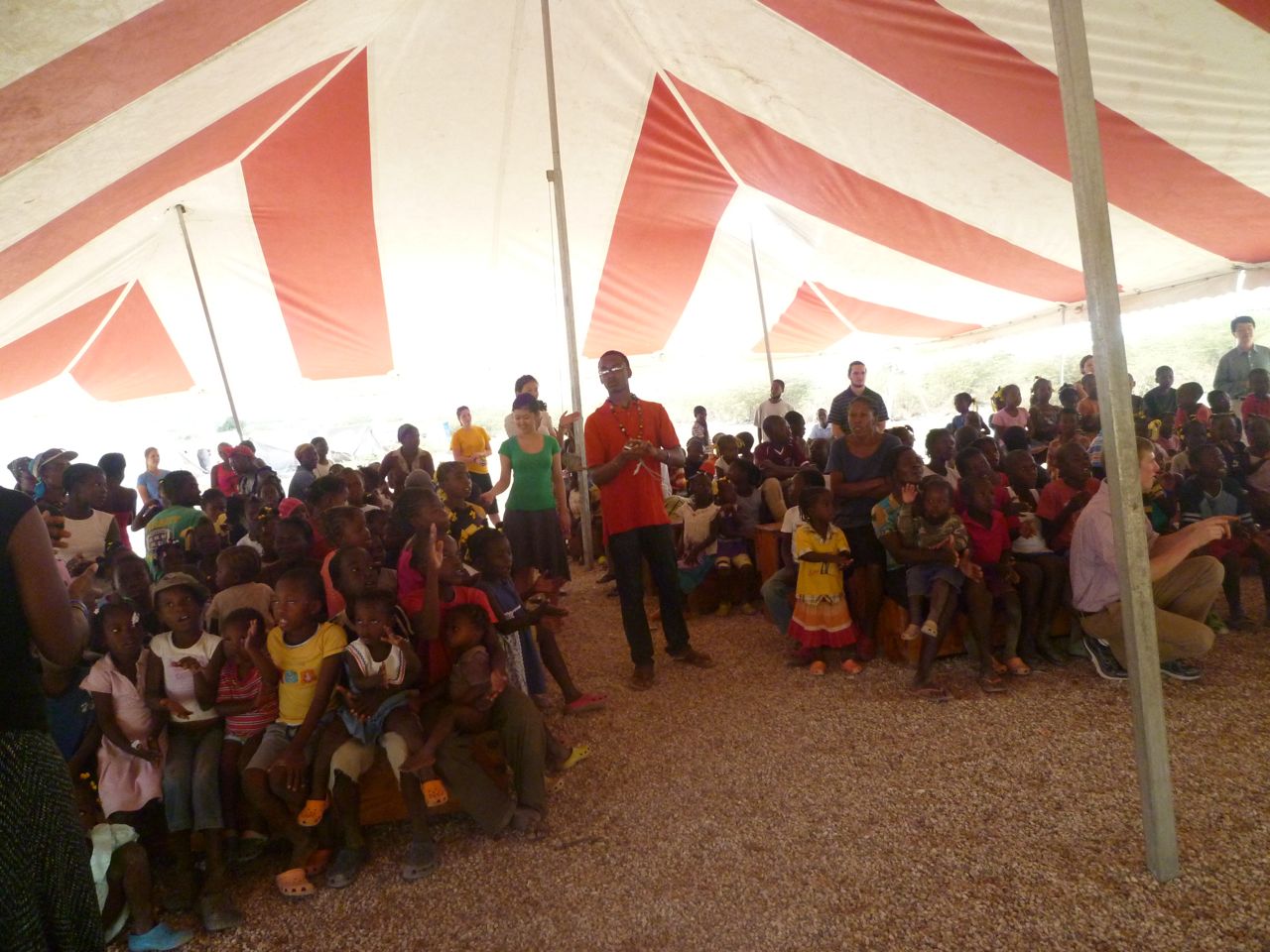
Gradually, more permanent houses are being built at Camp Hope,
and people are being moved out of the tents into the houses,
but the process is slow.
Moreover, even the permanent houses lack electricity and plumbing.

We spent one day going door to door in a village called Thoman,
handing out aquatabs (water purification tablets).
Cholera is still a serious problem in Haiti.
Although we were accompanied by an interpreter,
we all mastered a few phrases in Creole so that we could
talk directly to the residents, instructing them how to use the aquatabs.
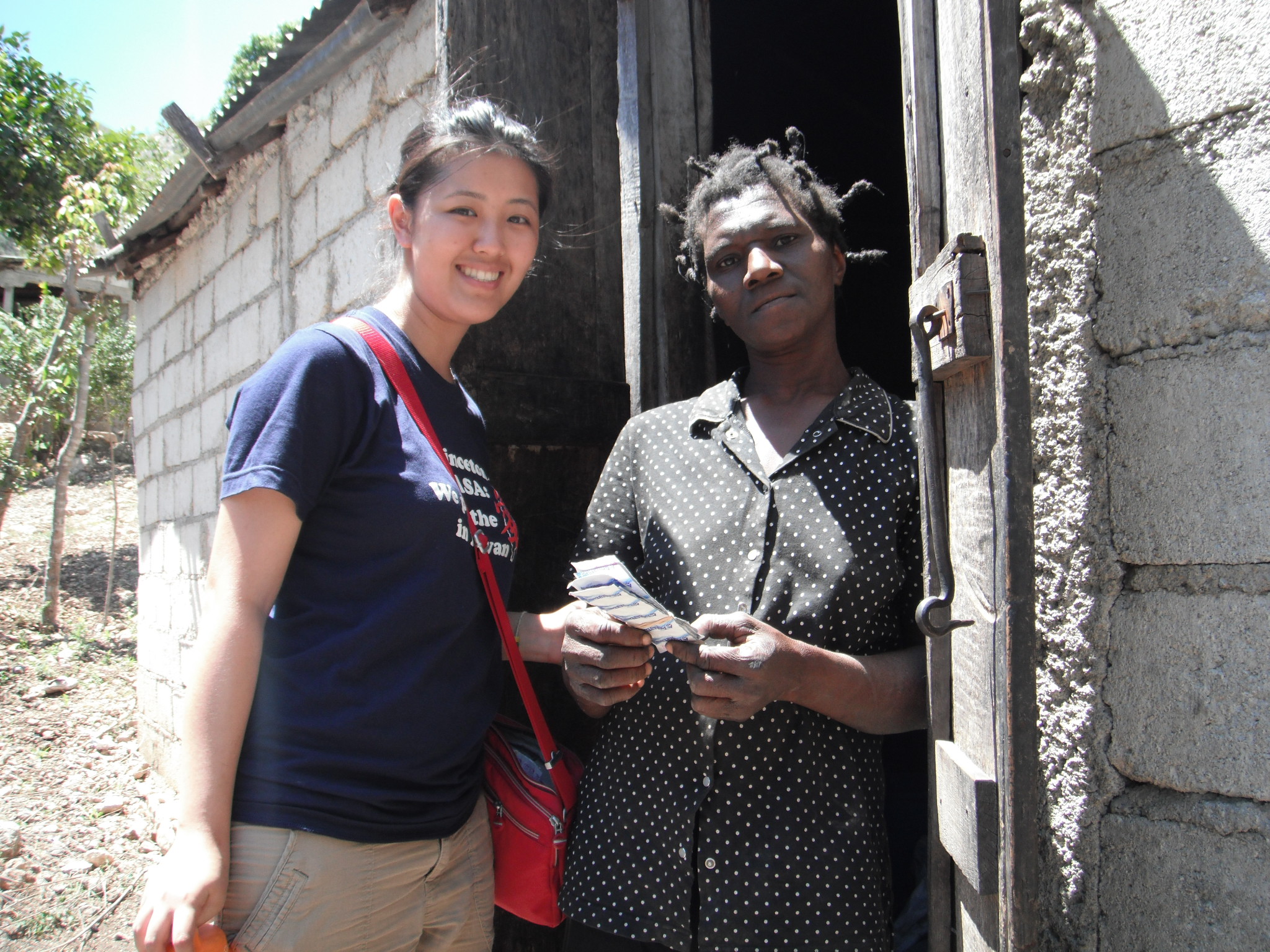
The picture below was taken in the capital city, Port-au-Prince.
The rubble from many buildings destroyed by the earthquake
has not yet been cleared away, and sometimes blocks half the road.
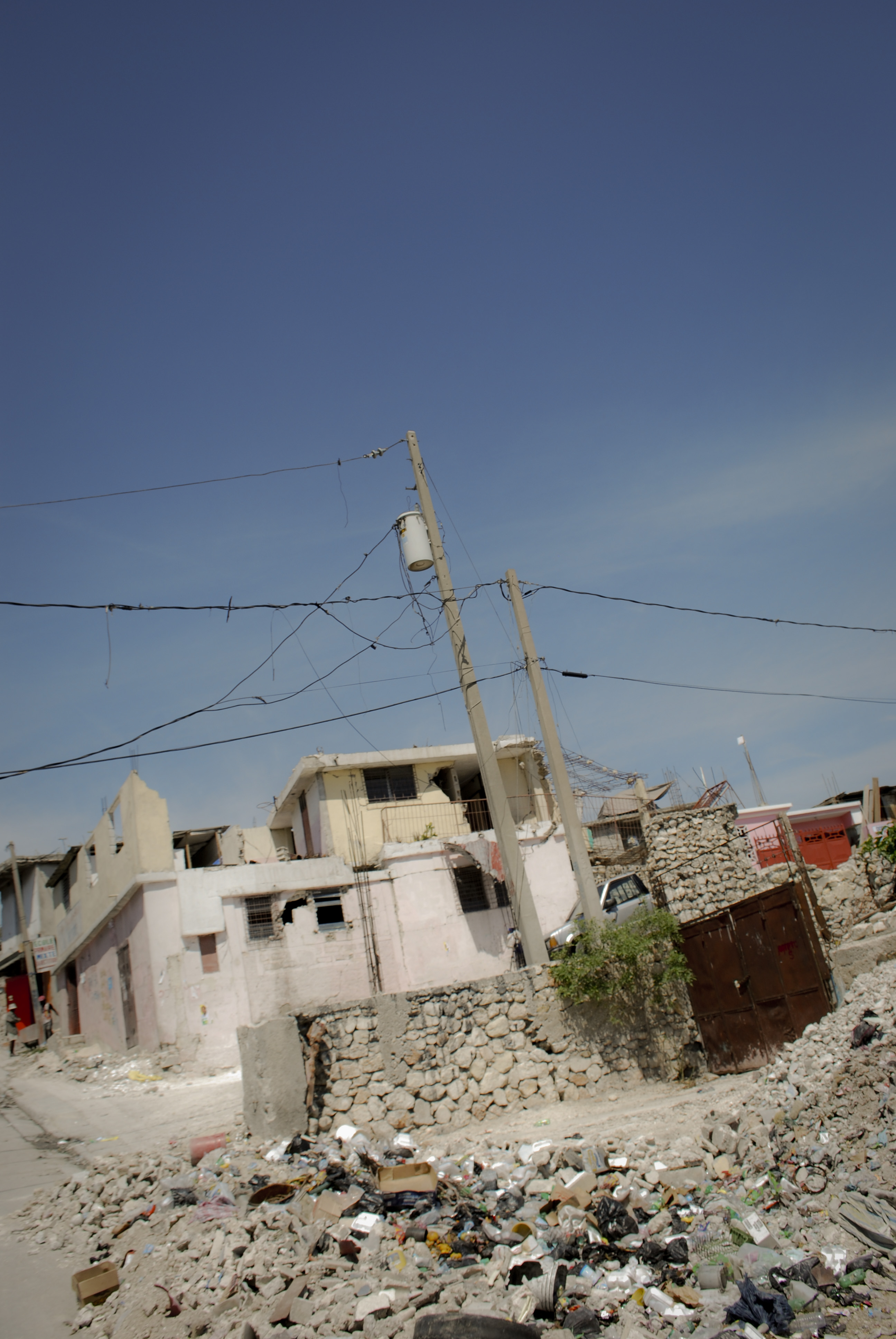
At one point the government released some public land
near Port-au-Prince for earthquake victims to live on.
Hundreds of thousands of people quickly colonized the area in an ad hoc fashion,
and this supposedly temporary settlement has become semi-permanent.
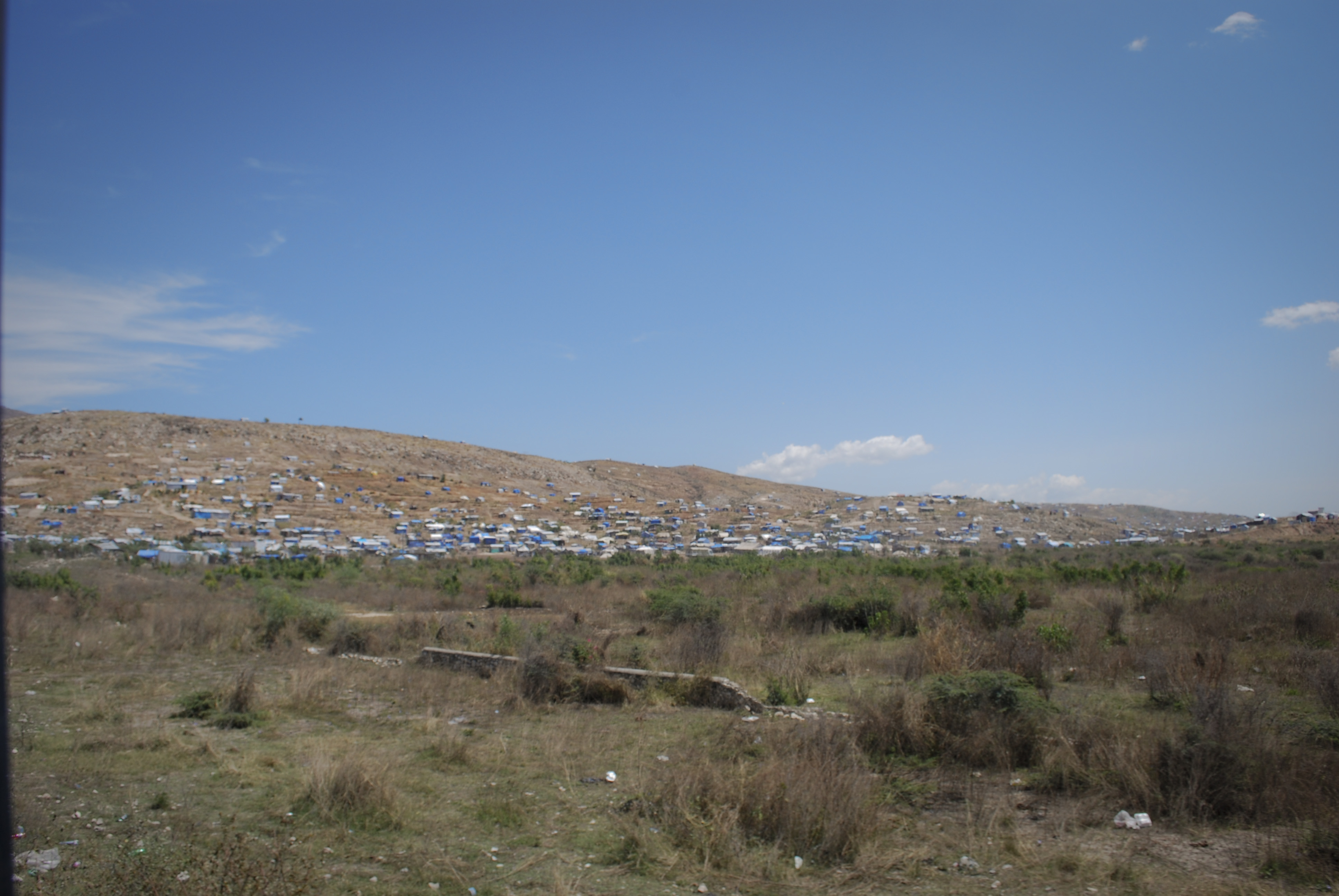
The massive casualties from the earthquake were so overwhelming
that people were forced to dump unidentified bodies into mass graves.
The picture below is of one such gravesite.
The crosses symbolize the dead, but nobody knows
how many people are buried there, let alone who they are.
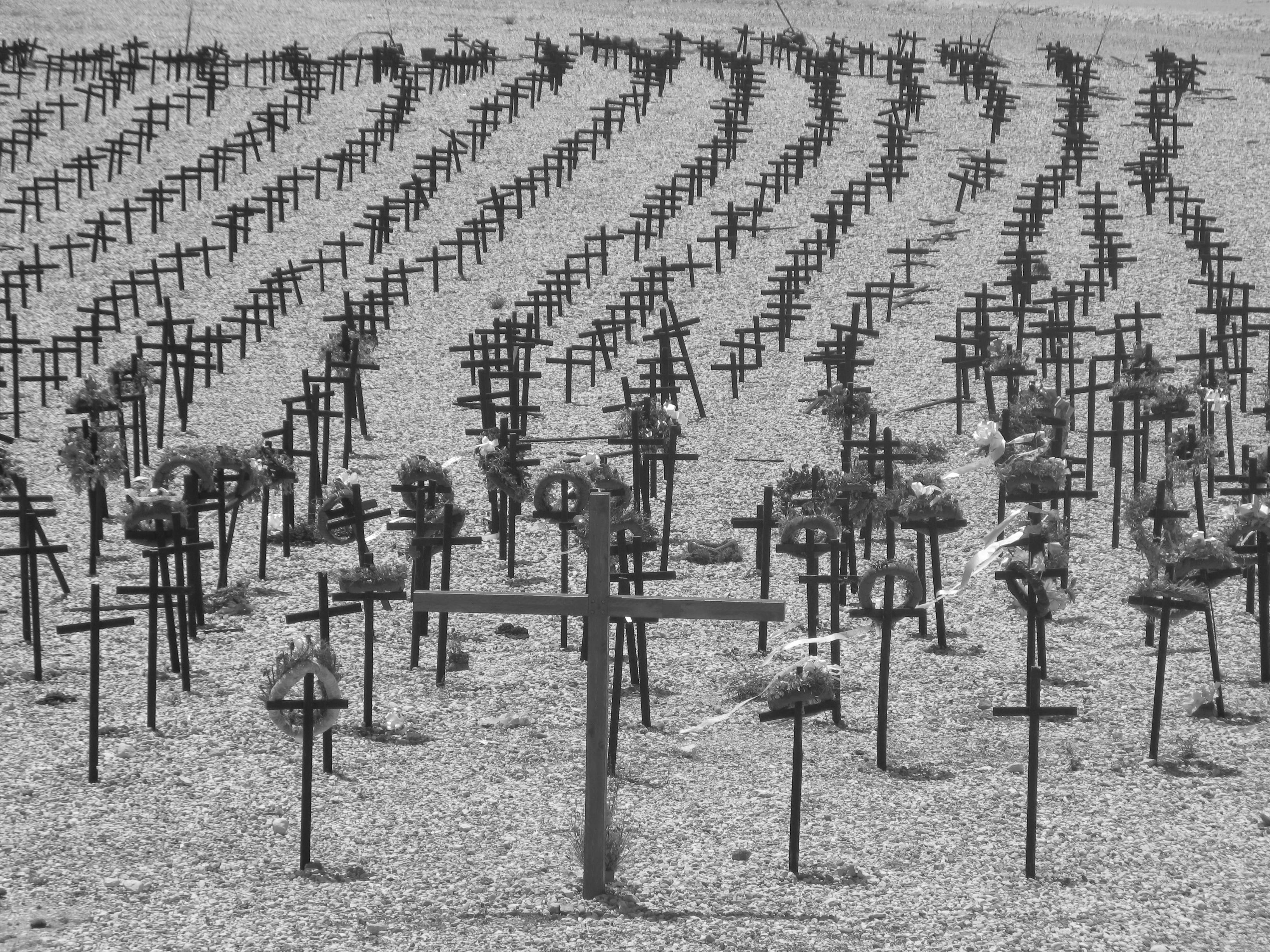
Earthquake map
Cholera
map











